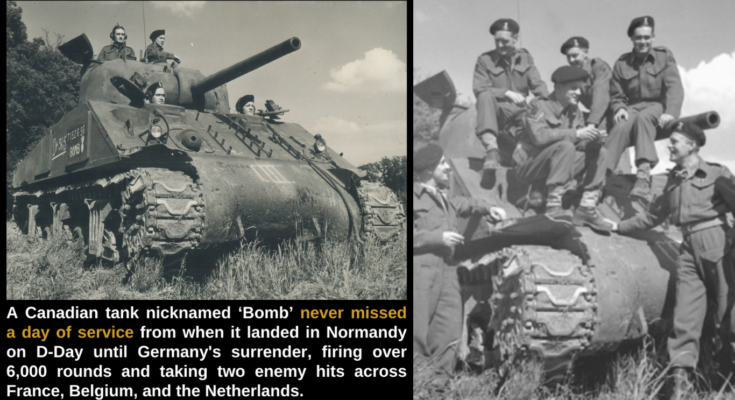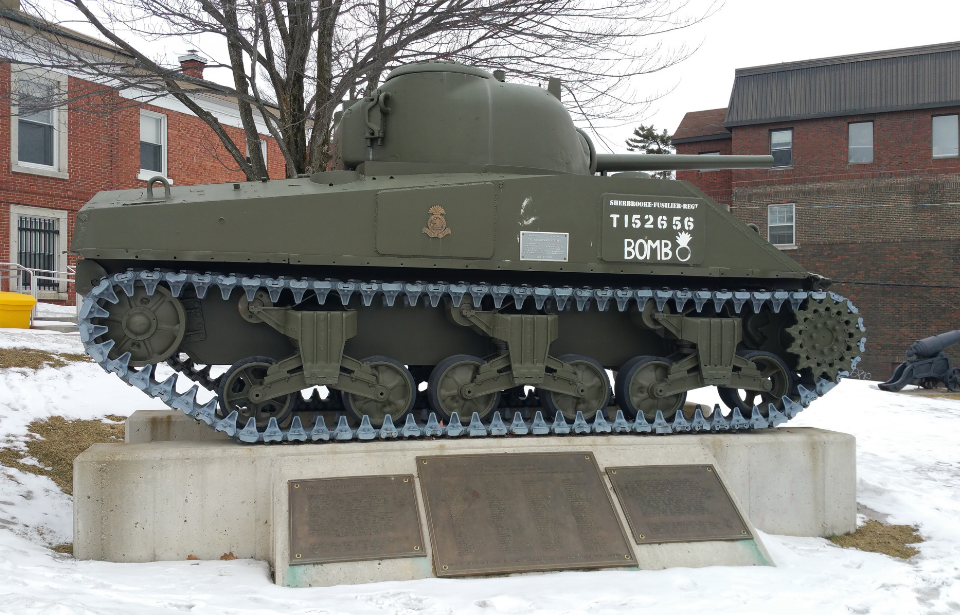
Photo Credit: Jaylimo84 / Wikimedia Commons, CC BY-SA 4.0
Not many tanks from the 1940s were known for exceptional reliability, especially heavy tanks like the German Tiger and King Tigers. However, if there was an example of a well-designed machine that was actually very reliable, it was the M4 Sherman, and none more so than “Bomb,” a Canadian M4A2 Sherman. Bomb made its way uninterrupted from the beaches of Normandy on D-Day all the way into Germany on VE Day without a single hiccup, one of the few tanks to do such a drive during the war.
Bomb was an M4A2 variant of the Sherman tank, the 898th built at General Motors’ Fisher Tank Arsenal in Michigan. The M4A2 was a diesel-powered variant of the Sherman. After the vehicle had reached Britain, it was assigned to the 27th Armoured Regiment Sherbrooke Fusiliers and was soon to be part of the D-Day invasion.
The Sherman tank
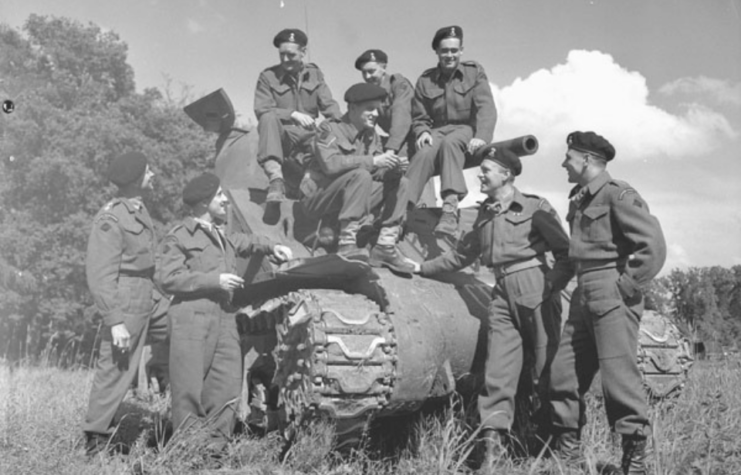
Nearly 50,000 Shermans were produced during WWII, and they were an example of an excellent blend of mobility, armor, firepower, reliability, and ease of manufacture. With their 75 mm gun and frontal armor thickness of around 50 mm, the Sherman was regarded as an inferior tank to Axis designs. For many decades after WWII, the Sherman’s reputation was very poor, especially because of the belief that it caught fire much more often than other, similar tanks.
Today the Sherman has had a resurgence and is seen in a much better light thanks to the work of historians who have corrected many misconceptions about the tank, and have proven its wartime performance was statistically very good, especially against tanks of equal size and weight.
Bomb
On June 6, 1944, Bomb arrived at Juno Beach, which was to be cleared by the Canadians. It landed a little while after the first waves but was thrust straight into the thick of battle. The beach was softened up by naval and aerial bombardments, but two battalions of the German 716th Infantry Division put up stiff resistance while part of the 21st Panzer Division waited behind the lines in reserve.
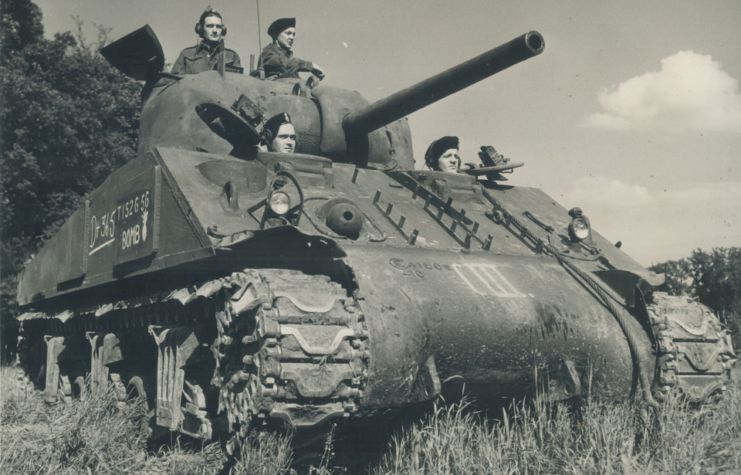
Once the bulk of the beach’s defenders had been neutralized, it was time for men to move inland, including Bomb. The tank and the rest of the Sherbrook Fusiliers claimed 41 enemy tanks as they worked their way inland in just the first two days of fighting. In July, Bomb’s commander and driver were injured and were replaced, but the vehicle was still made the troop command tank.
Bomb was involved in actions surrounding Caen, before moving on to help clear the city of Falaise. From here, it made its way into Belgium and then Holland, fighting the enemy every step of the way. As part of Operation Blockbuster, Bomb fought in the Hochwald forest in Germany, which was the setting for some of the biggest tank-on-tank engagements of the war.
After this, they reached the Rhine River, a natural barrier preventing them from continuing their advance. However, not even a river was going to slow Bomb down. The Fusiliers sealed up all the gaps in their tanks to make them waterproof and attached hoses filled with compressed air for buoyancy. They then floated their 30-ton tanks across the river, to the surprise of the German defenders.
Bomb carried on through Germany, facing desperate, fanatical resistance defending their homeland with nothing to lose. The tank was finally informed that the war was over through the radio on May 8, 1945.
After action
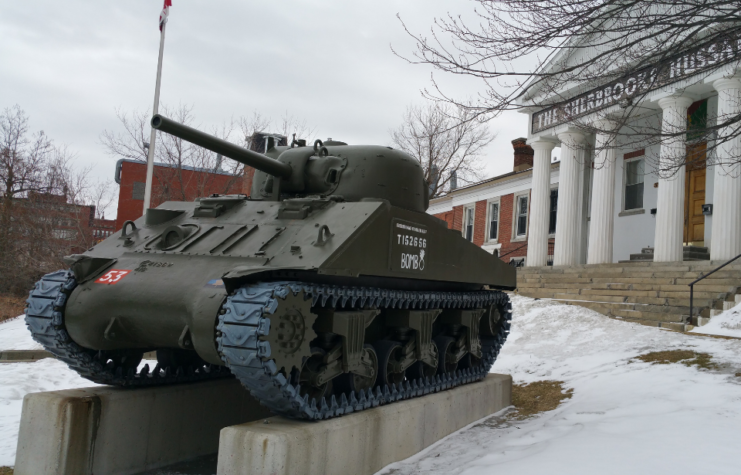
Since D-Day, Bomb had traveled 2,500 miles, fired 6,000 rounds of ammunition, received two hits, and seen many crew members come and go. Its dedicated crew ensured Bomb never missed a single day of action.
Once the war had ended, Bomb no longer had any use, and was parked up in a scrapyard in Belgium, awaiting the gas torch. Thankfully, the tank was saved from being scrapped, and was transported back to Canada to be put on display.
Today, it can be seen guarding the William Street Armoury in Sherbrooke, Quebec. It was restored with information plaques and an accurate wartime color scheme in 2011.
